We’ve been talking quite a bit about Environmental Portraits in recent weeks, and today I want to talk exclusively about the work of Arnold Newman, one of the finest Environmental Portrait photographers ever.
I am convinced that any photographic attempt to show the complete man is nonsense. We can only show, as best we can, what the outer man reveals. The inner man is seldom revealed to anyone, sometimes not even the man himself. Arnold Newman
Viewing Newman's photographs is the best way any person can learn what this niche is all about. The artists’ portraits form the core of his personal and commissioned work (publishing and advertising). On many occasions, Newman has been considered to be the “Father of the Environmental Portrait”.

Arnold Newman was born on March 3, 1918, and is often considered to be one of the finest photographers of the 20th century. He portrayed everyone – from businessman to artists, to playwrights to presidents. He was one of the earliest photographers to incorporate different objects in the photographic canvas to support the subject, including backgrounds, props, and even graphic design elements.
Newman is considered to be the Father of Environmental Portraiture because he didn't shoot the usual portrait (the typical headshot); instead, he started including the subject’s environment in the frame. He shot his portraits of people inside their comfort zones and gave these surroundings a leading role, almost a persona.
One of the most curious things about every photographic niche is all the definitions that people craft around them. Portraiture is no exception. But when understanding Newman's imagery through the question “What is a portrait?” the answer allows a very rich array of possibilities.
The main reason why such a complex gamut of answers can flow from this scenario is simply that Newman changed the way we see ourselves.
Every image he made was the result of a deeply creative process. It can be hard to understand another’s creative process, but we definitely can speak about common elements in Newman’s work that ultimately built his style.
After a long, delightful time spent reading every image in this amazing book published by Taschen, here are some of the elements in Newman's work I’d like to talk about:
1. The Importance of Backgrounds in Arnold Newman's Portraits
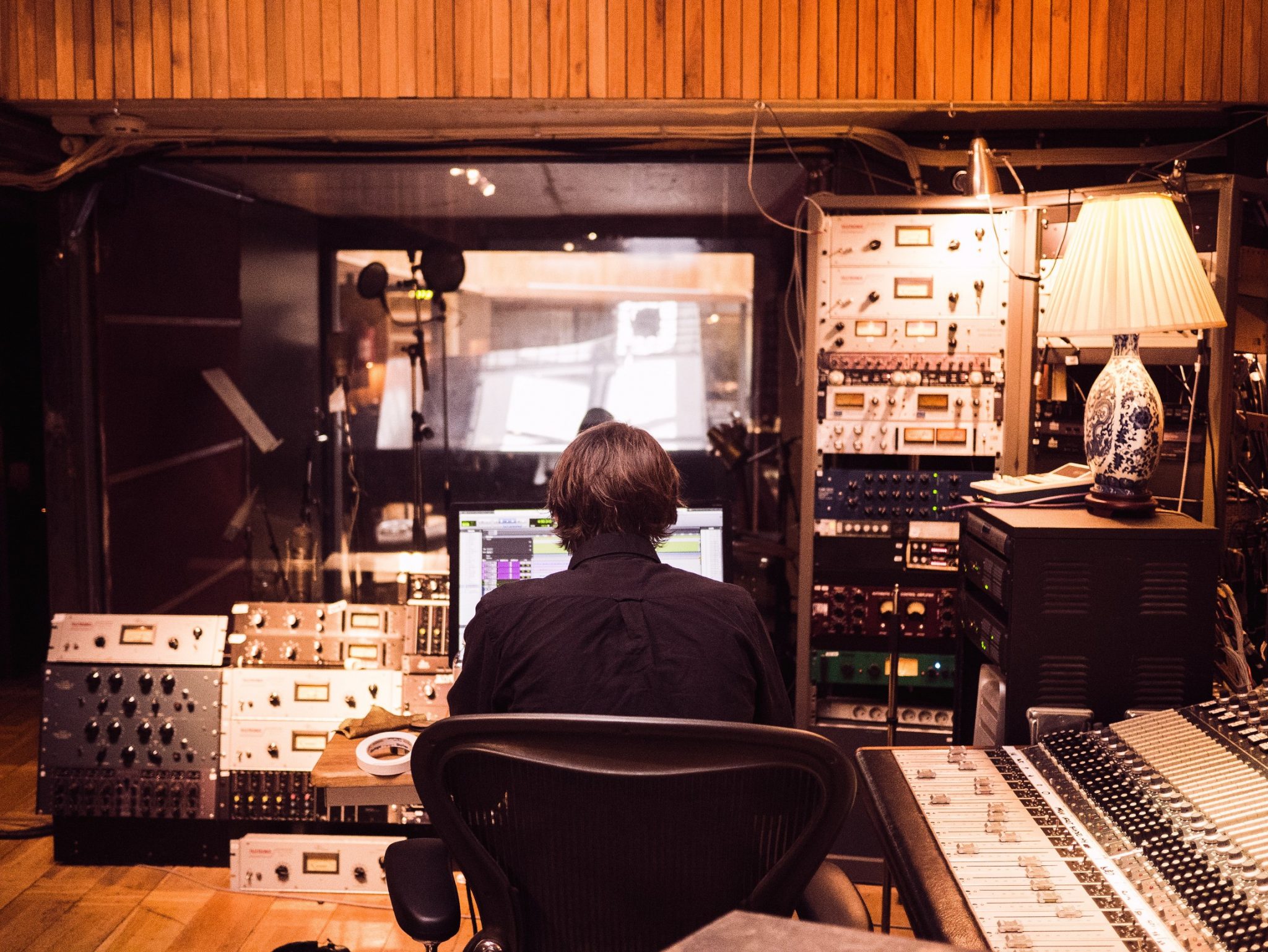
Even though his style evolved, background always played a leading role in his photographs. Even if we look at non-environmental portraits like “Two Men on Front Porch, West Palm Beach, Florida, 1941” or even the still-life “Violins, Philadelphia, Pennsylvania, 1941” we can appreciate the great care he took to consider backgrounds.
This attention to backgrounds becomes more notable when we look at some of his painters' portraits, such as “Max Ernst, Painter, New York, 1942“, “Piet Mondrian, Painter, New York, 1942“, and “Georgia O'Keeffe, Painter, Ghost Ranch, New Mexico, 1968“. Here, in just three examples from a vast photographic opus, we can see how Newman carefully chose backgrounds to fit with the style of painting these painters created.
2. The Power of Synthesis And Prolonged Social Interaction In Getting These Powerful Portraits
Most of Newman's commissioned or personal works were the result of prolonged social interaction with the subject (the development of social skills is crucial for such an intimate approach).
After getting to know the subject in a fairly broad way, the photographs began to happen. Each of these images is an example of what synthesis is all about since they summarize not only the character’s essence but also the importance of the subject’s profession to the subject.
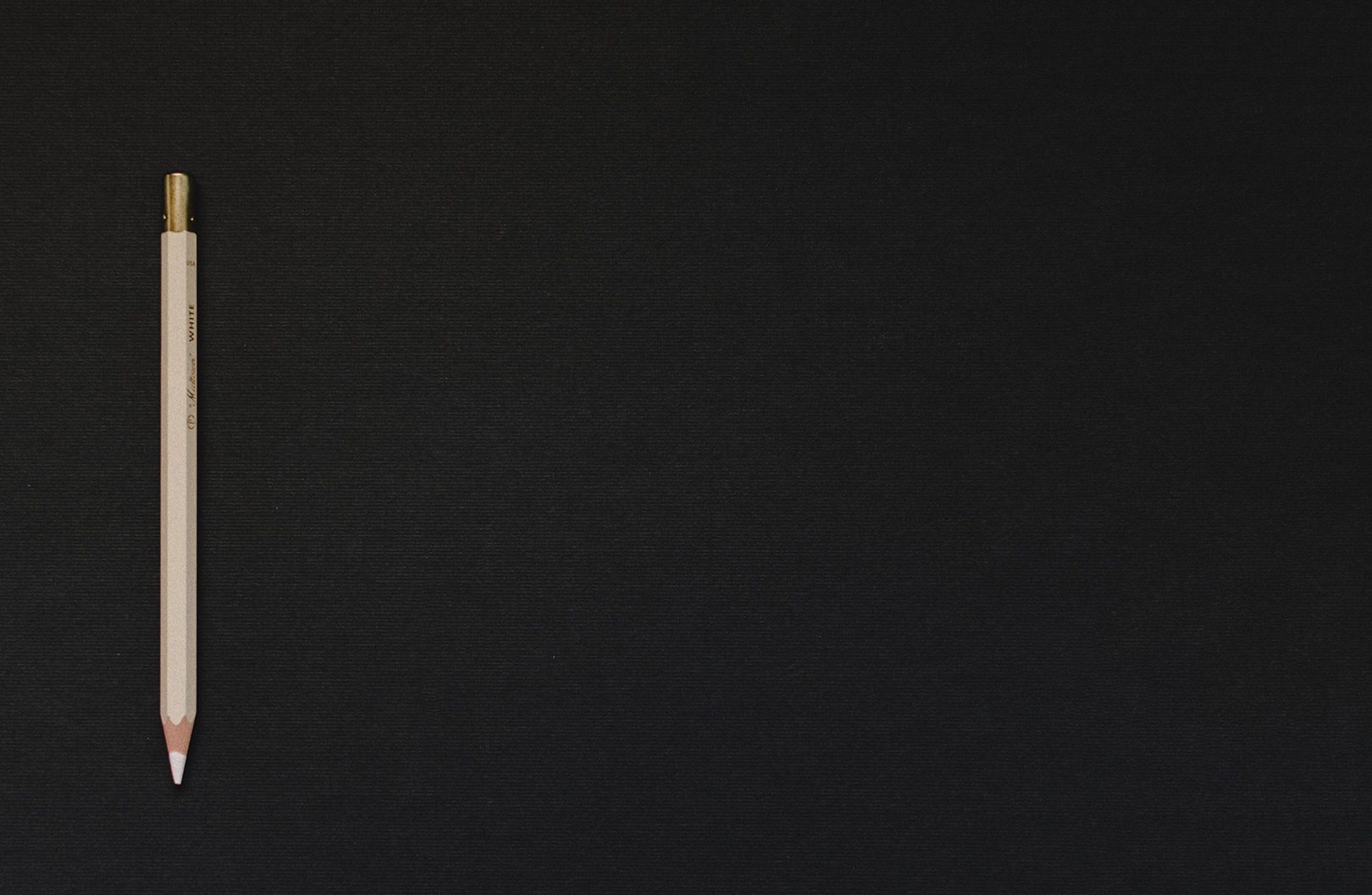
Although in many situations we can only see a single portrait – except in particular cases like the ones of Pablo Picasso or Igor Stravinsky – of each person Newman worked with, the prose of each image is so generous that the need for more images isn't necessary for the viewer to get a clear idea of the subject's identity.
The culmination of Newman’s social relations with his subjects (even if they were imposed against his will, as in the portrait of Alfred Krupp) was a singular image that he had in mind from the beginning, which was the essence of his photographic style.
3. Graphic Design Elements That Set Arnold Newman's Portraits Apart
Graphic designers often use symbols, images, and text to render ideas and messages in a visual format. Due to his undoubted talent to summarize the essence of a human being – at least for the accomplishments they are publicly known for – Newman made excellent use of graphic design to communicate his thoughts about the subject.
A fine example of skilled graphic design in a composition is Newman’s portrait of the scientist and physician Jonas Edward Salk at the Salk Institute in La Jolla, California in 1975.
But perhaps the best example of Newman’s mastery of graphic design is his famous Stravinsky portrait known as sometimes as the “b- flat” image.
Here, the bold yet minimalist composition is strongly appealing due to the way the piano lid is open, resembling a musical note. Also, the grayer part of the wall divides the image into thirds, enhancing Stravinsky's centrality, in spite the fact that the piano lid is massive. The image was taken with a large-format camera and was heavily cropped, which we'll cover shortly.
4. Symmetry As A Bold Compositional Decision
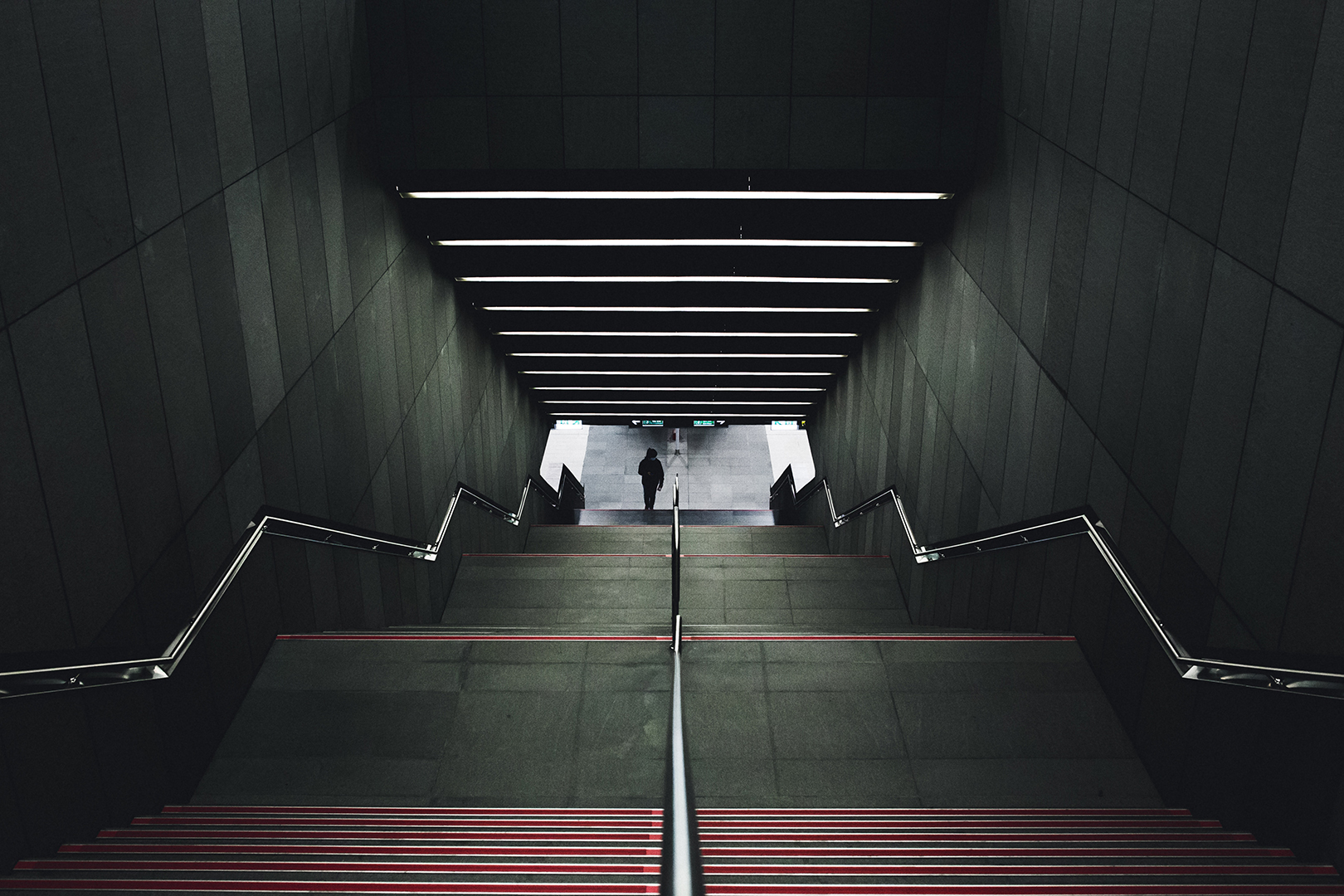
Symmetry isn't present in all of Newman’s images, but in some of them, it is. And the compositional decision improves the existing graphic design of the concept he wanted to transmit. The example we want to share with you is one in which symmetry is clear: it’s Newman’s portrait of Leonard Bernstein, the composer, pianist, and conductor.
The symmetry in this image can be read as a symbol of Bernstein's discipline towards his profession. Also, the way the empty auditorium chairs are illuminated gives us a sense of how important the Bernstein’s audience was to him. The serious and thoughtful look at Bernstein gives us a clear idea about the commitment he had to music as well.
5. Disregarding Current Prejudice – Arnold Newman's Talented Use Of Cropping
Many purist photographers disapprove of cropping after taking the shot instead of cropping in the camera. Newman, fortunately for many current photographers, totally disregards this prejudice – he and used cropping in a deliberate way.
He used to work with large-format cameras, which produced huge negatives that allowed the photographer to crop a lot. Here we can appreciate the main reason why 35mm film was initially (and pejoratively) seen as a mere postage stamp.
Being able to access the contact sheets of the great photography masters is an invaluable benefit, and in this two examples (Picasso and the aforementioned Stravinsky Portrait) we can clearly see how important cropping was for him.
Thanks to the generosity that the large format gave Newman, he was able to make insane crops in his images that still look like they were cropped in-camera.
6. How Arnold Newman's Inclusion Of Representative Elements Increases Our Connection To The Subject
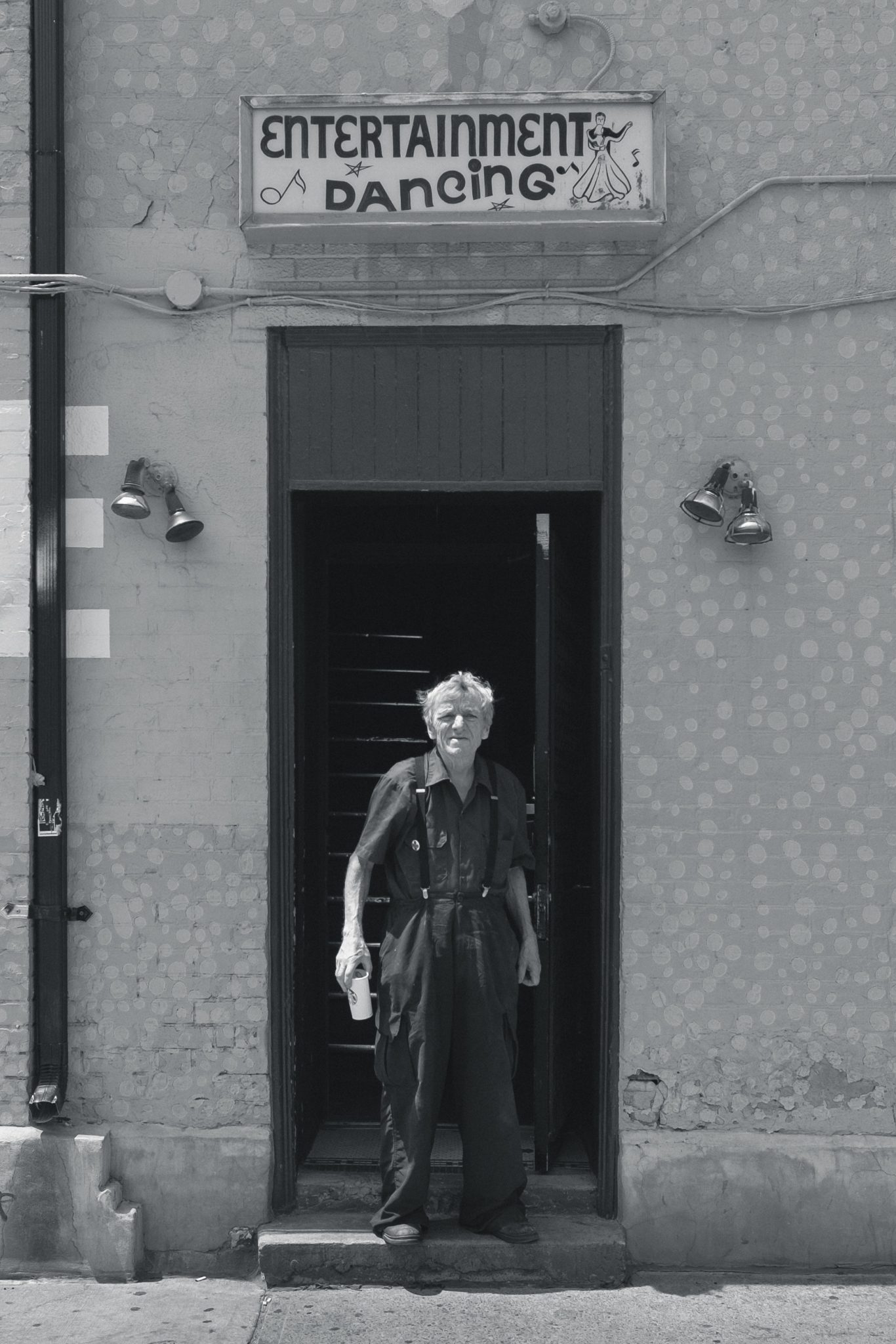
Perhaps in all his environmental portraits, Newman included representative elements of the subject’s profession. We see this in his portraits of politicians and religious persons, but the portrait of Woody Allen is perhaps the best example of this practice.
In the portrait, we see Allen in the privacy of his bed, surrounded by his notebooks and sheets of paper, possibly drafts of a script.
This mood tells us about the essence of the filmmaker, who is known for his notorious absences at the Academy Awards year after year despite having been nominated several times for an Oscar (which he has won four times).
7. Inspiring Use Of Negative Space
Negative space, when used well, results in images so shocking that they can stick in our memory for a long time. Although Newman didn't use it frequently, he produced sublime work whenever he did.
Two very clear examples of this are the portraits of Martha Graham (the avant-garde choreographer and dancer) and the architect Ieoh Ming Pei (better known as I. M. Pei). In both cases, the use of negative space accentuates the nature of the characters.
The subtle location of representative elements – such as the dance bar used in the schools in the case of Graham's, or the three ceiling lights in Pei's portrait – make reference to the subject’s professions.
8. The Notorious Use And Violation Of The Rule of Thirds
Both the use and the notorious violation of the famous rule of thirds is evident in many of Newman's photographs. From his simplest images to his more highly complex portraits, we can see the care he put into the thirds. A very curious thing is that, as noted above, many of his final photographs were the result of aggressive crops, and yet the rule of thirds is still present.
Many photographers diminish this rule, and I have written about other important elements of composition. Perhaps access to the Internet and the high degree of empiricism in photography nowadays has led us all to form different prejudices around the rule of thirds.
9. Interesting Compositions and The Use of Corners
Sometimes Newman’s photographs employ a different compositional approach in which the subject is close to the corners of the frame.
Possibly this was a reflection of the great care he took to show as much as possible of the subject’s surroundings or the great importance the subjects had in the worlds in which they moved. We will never know for sure, but here are some examples to illustrate this finding.
The first is the portrait of Brooks Atkinson, the theater critic. The second is the portrait of the painter Milton Avery, and finally we have the portrait of the minimalist sculptor Donald Judd. All these, in addition to the aforementioned portrait of Stravinsky, are great examples of this unique compositional approach.
10. Experimentation with the Darkroom
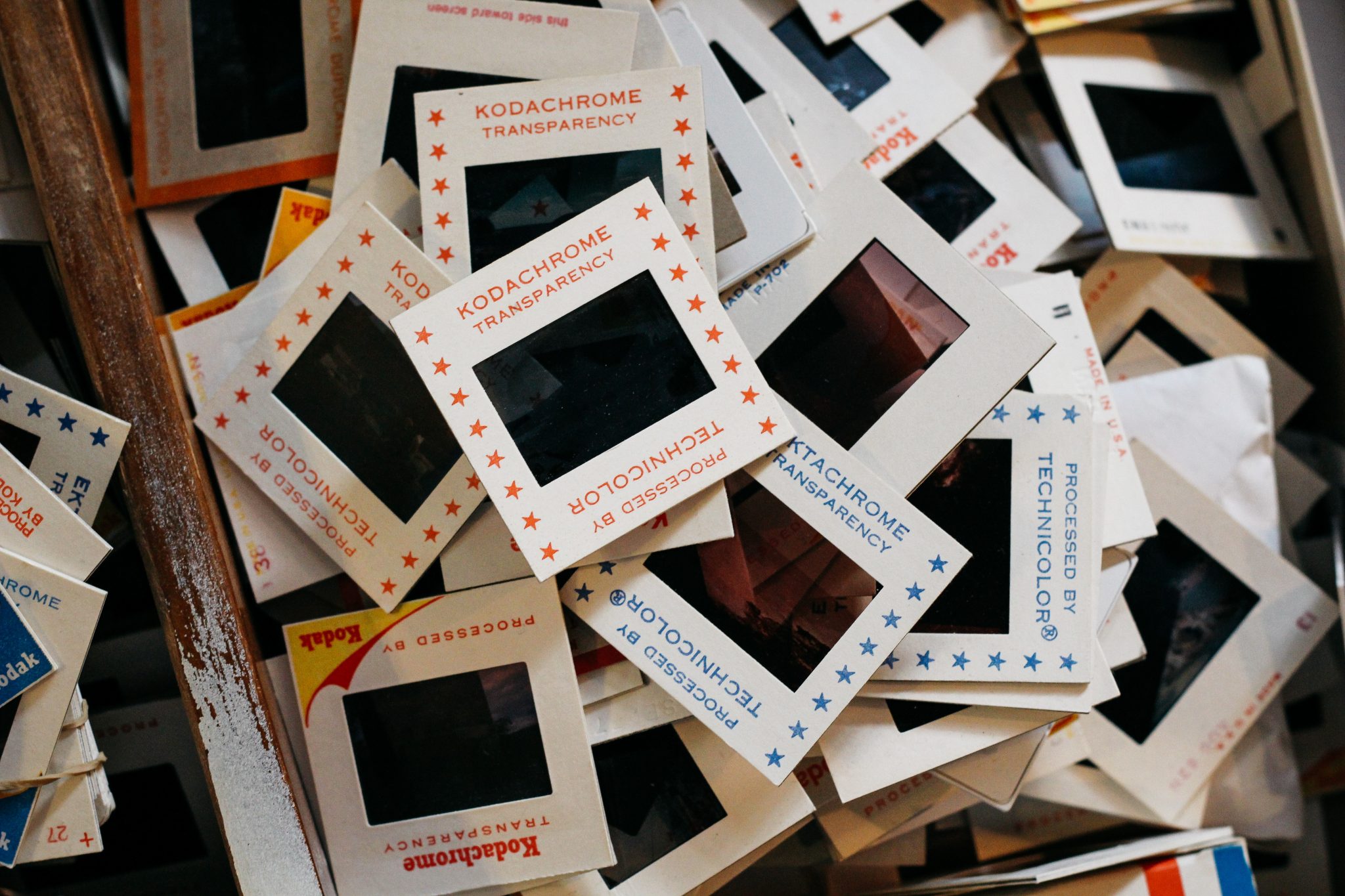
Last but not least, Newman’s experimentations in the darkroom are worthy of being studied as well. Apparently, he found a quick solution to some blown images of Andy Warhol. What he did was use scissors to cut out parts of prints and then combined the cutouts with other images. And he did some other experiments as well with Henry Miller and Louise Nevelson.
From Piet Mondrian behind his easel and Igor Stravinsky on his piano, to Max Ernst smoking in his chair: the photographs of Arnold Newman (1918-2006) are classics of portraiture.
His subtle yet powerful arrangements created the basis of the “Environmental Portrait” as we know it today.
His photographs integrate both subject and environment, giving us a clear idea of the area of activity in which they performed.
The fame of Newman's portraits can be credited to his extremely careful aesthetics and his amazing social skills, which together enabled him to distill the essence of his subjects into a single powerful image.



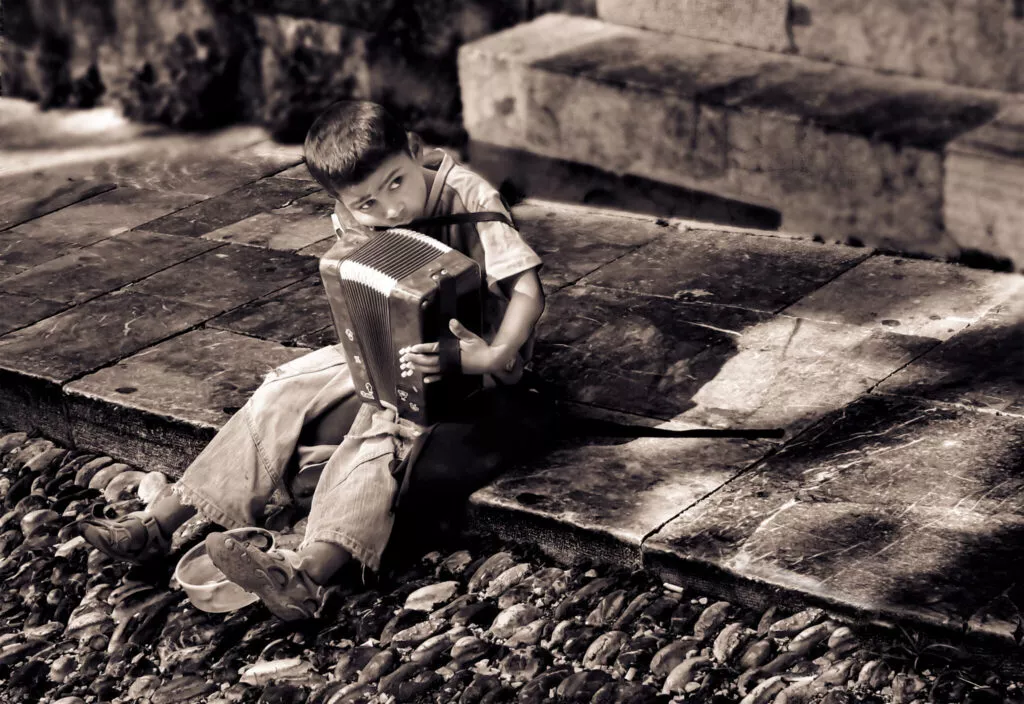


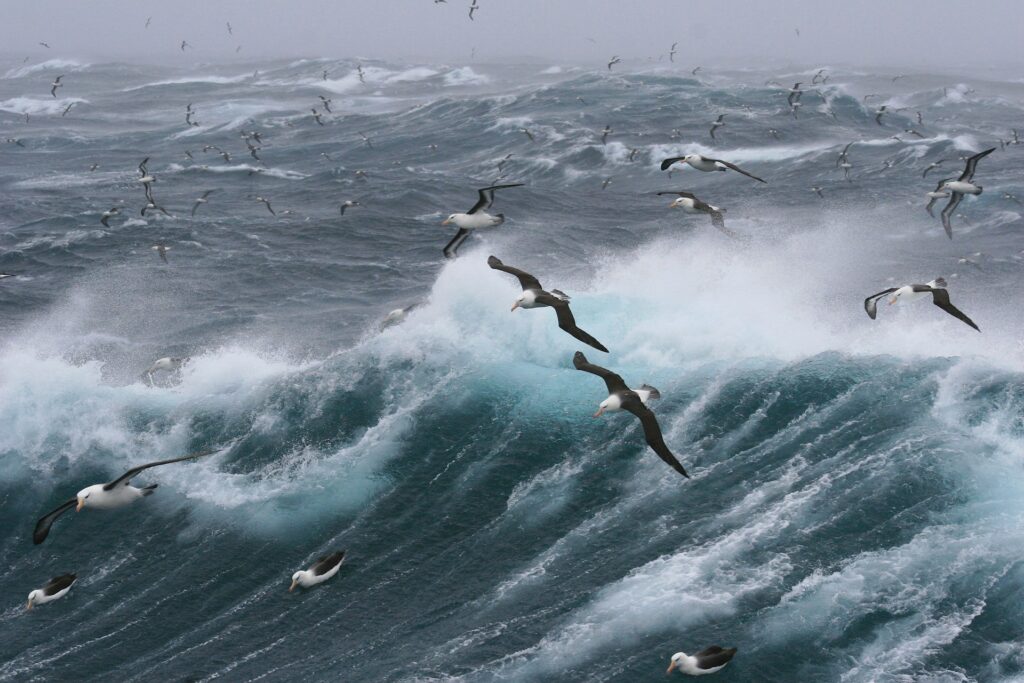
2 Comments
Excelente artículo Federico y gracias por re-descubrir a Newman. Aunque me hubiese encantado ver una muestra significativa de su trabajo.
Excellent article and thanks for bringing back Arnold Newman to us. The selection of images was very thoughtful…( a previous comment in Spanish was incomplete). A great portrait lesson.